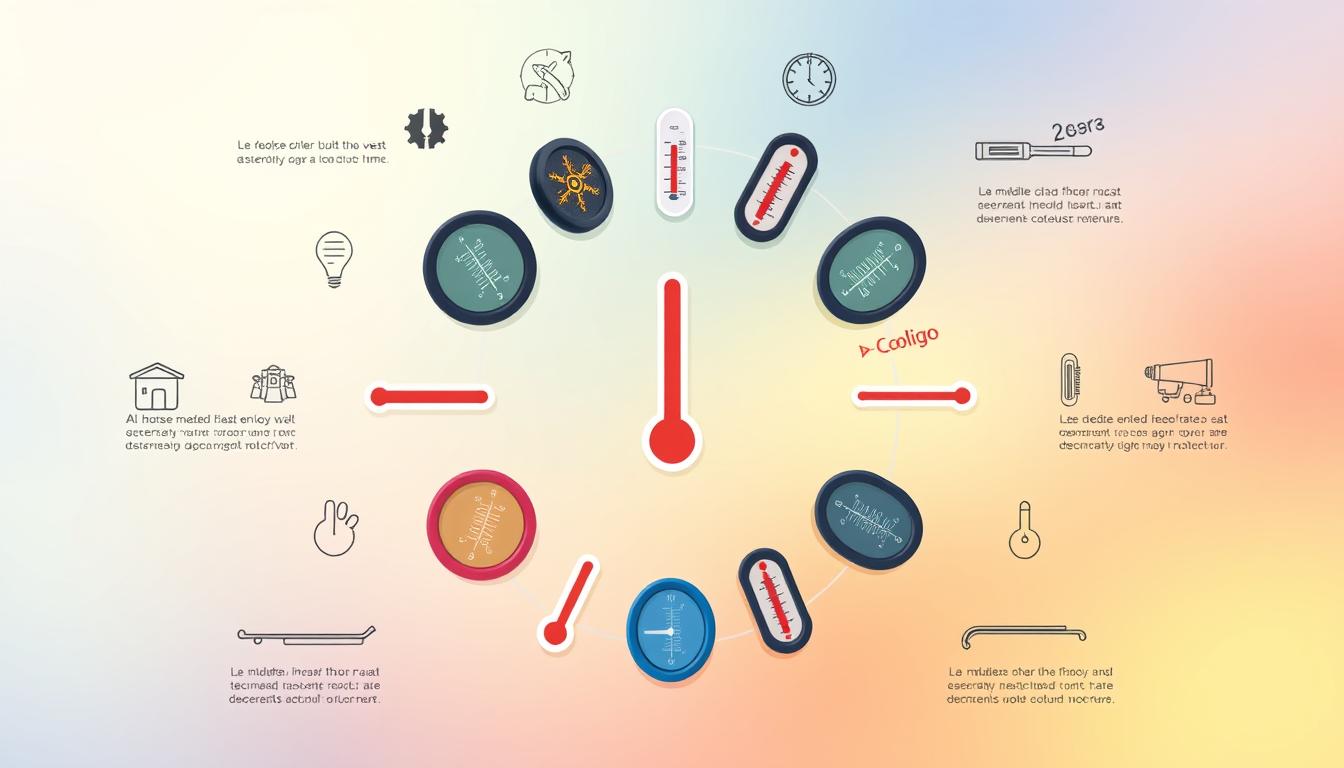How to Read the Periodic Table
The periodic table is essential for chemistry enthusiasts. It’s a roadmap of elements that form our universe. This chart organizes scientific knowledge about elements systematically.
Scientists and students use this tool to grasp chemical interactions. It helps them understand elemental properties too. The table contains 118 different elements, arranged logically1.
Each element’s location reveals info about its atomic setup. It also shows its chemical behavior2. The table has vertical columns (groups) and horizontal rows (periods).
These showcase elemental relationships2. Learning to read the table helps understand chemical reactions. It also explains atomic structures and matter principles.
Mastering this chart will boost your chemistry knowledge. It’s useful for both students and science fans.
关键要点
- The periodic table contains 118 unique chemical elements
- Elements are organized by groups and periods
- Each element’s position reveals its atomic properties
- Understanding the chart helps predict chemical behaviors
- The table is a crucial tool for chemists and researchers
Basic Structure and Organization of the Periodic Table
The periodic table is a powerful scientific tool. It organizes chemical elements with remarkable precision. This comprehensive map helps scientists and students understand matter’s fundamental building blocks3.
The table has 7 horizontal rows (periods) and 18 vertical columns (groups). Each row and column provides crucial insights into element characteristics4.
Elements and Their Atomic Identity
Every element has a unique atomic identity defined by its atomic number. This number shows the count of protons in an atom’s nucleus. It also matches the number of electrons in a neutral atom5.
For example, oxygen has an atomic number of 8. This means it contains 8 protons4.
Understanding Groups and Periods
- Groups (vertical columns) contain elements with similar chemical properties3
- Periods (horizontal rows) represent different electron shell configurations4
- Some notable group classifications include:
- Group 1: Alkali metals
- Group 2: Alkaline earth metals
- Group 17: Halogens
- Group 18: Noble gases3
Element Categories and Color Coding
The periodic table uses color coding to group elements. Elements are classified as metals, nonmetals, 和 metalloids. These groups are based on their unique physical and chemical properties3.
Metals, for instance, can conduct heat and electricity. They are also shiny and malleable3.
The periodic table’s structure unveils the world of atomic numbers and weights. It also reveals electron configurations 和 periodic trends. Each element has a fascinating story of atomic complexity5.
Read the Periodic Table Like a Pro
The periodic table is a powerful tool for scientists and students. It reveals key information about each element’s traits. Every element, from hydrogen to oganesson, has a unique story in its placement.
The table has 7 rows called periods. These share similar atomic orbital features. Columns, or groups, contain elements with alike properties. Experts can predict an element’s behavior by its position.
Group 1 elements (Alkali Metals) are known for their high reactivity6. Understanding these groups helps decode element behavior. This knowledge is crucial for mastering the periodic table.
Atomic size varies across the table. Helium is the smallest element in the top right. Francium is the largest in the bottom left. Tracking these trends helps predict element interactions.
To master the table, practice reading element symbols. Learn atomic numbers and explore relationships between elements. With practice, you’ll navigate the table like a pro chemist.
常问问题
What exactly is the periodic table?
How are elements arranged on the periodic table?
What do the numbers on the periodic table mean?
How can I tell if an element is a metal, non-metal, or metalloid?
Why is the periodic table important for chemistry?
How do I read trends across the periodic table?
Can the periodic table help predict chemical reactions?
How often is the periodic table updated?
来源链接
- Breaking Down the Periodic Table – https://www.thescienceacademy.sg/breaking-down-the-periodic-table/
- 2.3: Families and Periods of the Periodic Table – https://chem.libretexts.org/Courses/Valley_City_State_University/Chem_121/Chapter_2:_Atomic_Structure/2.03:_Families_and_Periods_of_the_Periodic_Table
- 3.2: Organization of the Periodic Table – https://chem.libretexts.org/Courses/Oregon_Tech_PortlandMetro_Campus/OT_-_PDX_-_Metro:_General_Chemistry_I/03:_Nuclei_Ions_and_the_Periodic_Table/3.02:_Organization_of_the_Periodic_Table
- The Periodic Table – https://uen.pressbooks.pub/introductorychemistry/chapter/the-periodic-table-2/
- Lesson 4.2: The Periodic Table – American Chemical Society – https://www.acs.org/middleschoolchemistry/lessonplans/chapter4/lesson2.html
- How to Read the Periodic Table of Elements – Revolutionized – https://revolutionized.com/read-the-periodic-table-of-elements/
最新视频
通过收件箱接收新闻
Nulla Turp dis cursus。整数自由 euismod pretium faucibua








